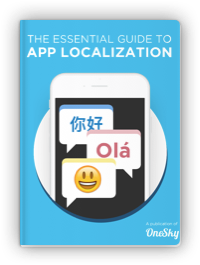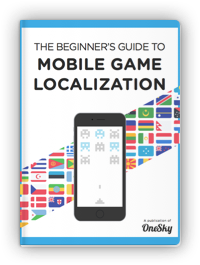Agentic RAG’s Power Unlocked: Transforming Business Strategies in 2025
As we move from 2024 into 2025, the spotlight in AI is shifting from Retrieval-Augmented Generation (RAG) to something even more groundbreaking—Agentic RAG.
This new evolution of AI is not just a trend; it represents a paradigm shift in how businesses can interact with information and technology.
Instead of simply providing answers, AI can now actively engage in decision-making, offering tailored solutions to meet real-world needs.
Why is Agentic RAG a Game-Changer?
- Independence at its Core: AI agents equipped with Agentic RAG can make decisions without direct human intervention, paving the way for more autonomous applications.
- Dynamic Adaptability: These systems can pull in real-time data from multiple sources, ensuring that the information they provide is both current and relevant.
- Complex Problem-Solving: With enhanced capabilities, the potential to address intricate challenges becomes accessible, allowing organizations to tackle issues in innovative ways.
In the upcoming sections, we will dive deeper into the mechanics of Agentic RAG, how it can be implemented, and the myriad advantages it brings.
We’ll also keep an eye on any potential challenges, ensuring you’re fully informed as you embark on this exciting journey.
Get ready to discover how Agentic RAG can elevate your business success and transform your approach to AI!
- Defining Agentic RAG
- Mechanisms Behind Agentic RAG
- The Architecture of Agentic RAG
- A Comparative Study: Agentic RAG vs. Traditional RAG
- Integrating Agentic RAG: A Roadmap to Success
- Exploring Agent Workflows
- The Shift Toward Agentic RAG: Why Businesses are Embracing Change
- Recognizing Limitations: Challenges Associated with Agentic RAG
- Final Thoughts

Defining Agentic RAG
Let’s take a closer look at Agentic RAG—a cutting-edge approach transforming the AI landscape.
At its core, Agentic RAG combines two powerful concepts: AI agents and Retrieval-Augmented Generation (RAG).
What Is an AI Agent?
An AI agent serves as a smart assistant, powered by a large language model (LLM).
These agents can take on various tasks, often working together in agentic workflows.
Picture a team of specialized agents collaborating to tackle complex challenges, such as language translation, where one agent coordinates the efforts of others equipped to answer user queries efficiently.
What Is RAG?
RAG stands for Retrieval-Augmented Generation, a method designed to enhance AI applications by connecting them with external knowledge sources.
RAG goes beyond the capabilities of traditional AI models by allowing them to pull in relevant data from databases or documents.
This connection enriches the AI’s responses, making them more accurate and context-aware.
The Fusion: Agentic RAG
Now, when we combine these elements, we get Agentic RAG.
This innovative system enhances traditional RAG frameworks by integrating AI agents that can handle more complex workflows and retrieve information from multiple sources in real time.
Instead of relying solely on a fixed dataset, Agentic RAG empowers AI to dynamically access up-to-date information, making it more versatile and proactive.
Key Components of Agentic RAG:
- Prompt: The user query that kicks off the AI process.
- LLM: The language model responsible for generating meaningful responses.
- Agent: The AI-driven chatbots that utilize different tools and functions necessary to accomplish tasks.
- Knowledge Base: A repository of information—whether structured, semi-structured, or unstructured—where all the data is sourced.
Agentic RAG represents a significant leap forward, transforming how AI interacts with information and enabling it to operate more autonomously.
It’s not just about providing answers anymore; it’s about empowering AI to navigate complex challenges and deliver precise, context-driven outcomes.
Mechanisms Behind Agentic RAG
So, how does Agentic RAG work its magic?
It’s all about integrating advanced AI capabilities into the RAG framework, transforming how systems retrieve and generate information.
Core Functions of Agentic RAG
1. Autonomous Decision-Making
Imagine an AI that doesn’t wait for your instructions but is proactive enough to take charge.
That’s what Agentic RAG does!
It identifies the necessary actions to complete tasks independently.
If it encounters missing information or needs additional context, it seeks it out—like an expert detective on a case.
2. Dynamic Data Retrieval
Agentic RAG leverages real-time data.
By connecting to APIs, databases, and knowledge graphs, it can fetch the most relevant information from multiple sources.
It’s akin to having a personal research assistant that doesn’t just rely on old textbooks but dives into the current market or the latest research papers. This ensures precision and relevance in the responses.
3. Augmented Generation for Contextual Responses
Here’s where the magic happens: Agentic RAG doesn’t just retrieve information; it synthesizes and contextualizes it.
By blending external knowledge with internal insights, it crafts responses that are not only accurate but also deeply relevant to user queries.
Think of it as a Michelin-star chef combining fresh ingredients into a harmonious dish that delights the palate.
4. Continuous Learning and Feedback Loops
The system learns from every interaction, refining its responses over time.
Each query provides data that improves its effectiveness.
It’s like training a skilled athlete—you gain insights from every performance and adjust strategies to get better.
The Architecture of Agentic RAG
Now, let’s dive into the architecture of Agentic RAG, revealing how these components work together for optimal performance.
Structural Components
1. Single-Agent RAG (Router)
At its most basic, Agentic RAG functions as a router.
It can handle queries by selecting between various external knowledge sources such as databases, web searches, or APIs.
This flexibility is crucial as it can instantly decide the best source to retrieve context for any given inquiry.
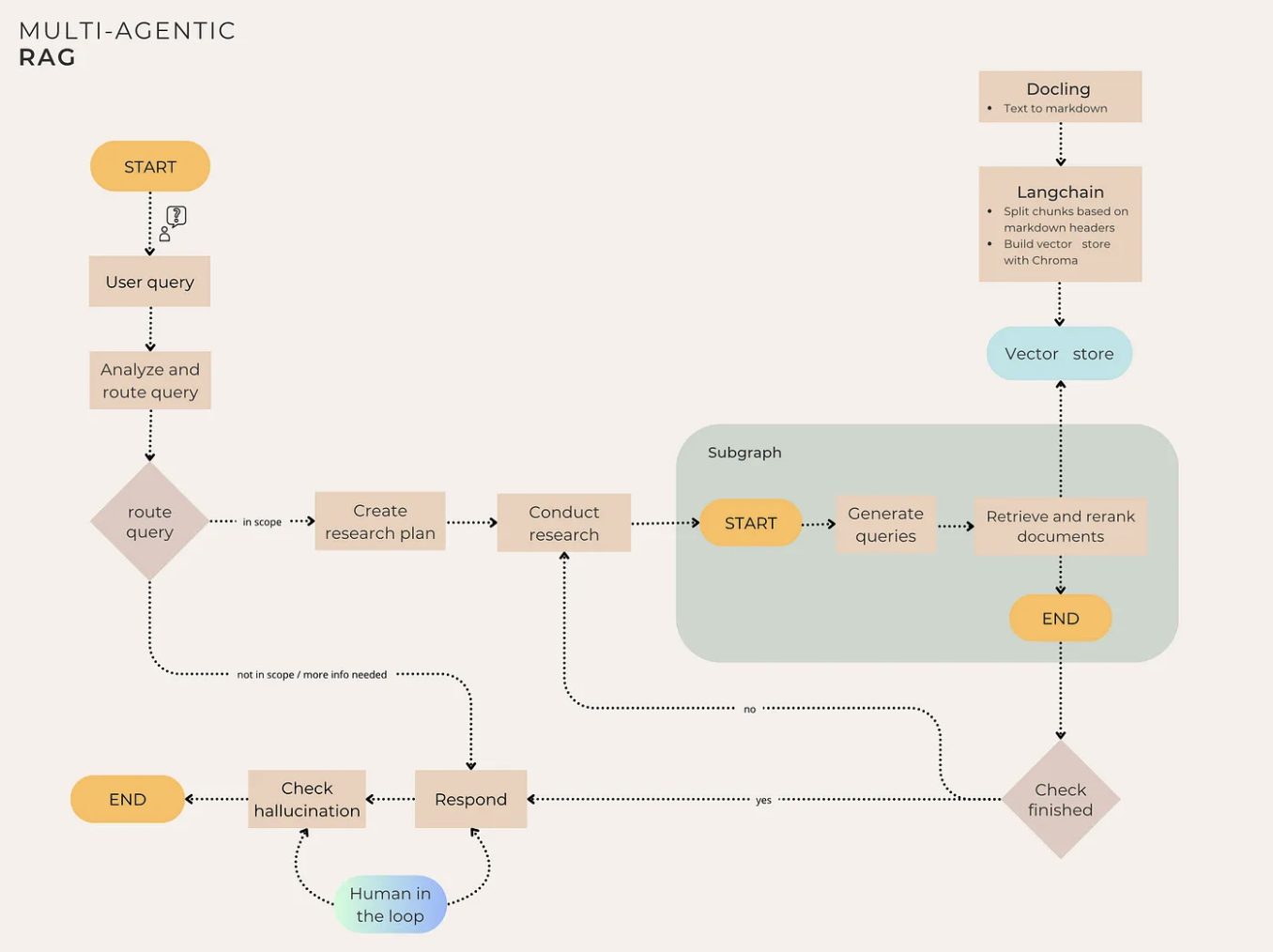
2. Multi-Agent RAG Systems
For more complex scenarios, a multi-agent approach shines.
Here, a master agent coordinates the efforts of multiple specialized agents.
One agent may pull data from company records, while another gathers public insights from the web. This collective intelligence ensures comprehensive and nuanced information retrieval.
Impactful Insights
- Scalability: The modular design means organizations can scale their AI deployments easily. Whether you’re a startup or a large enterprise, you can tailor Agentic RAG to meet your specific needs while growing your capabilities with demand.
- Versatility: With the blend of autonomy, dynamic retrieval, and augmented generation, Agentic RAG stands out as a versatile tool for various industries. It can adapt to contexts ranging from customer service to advanced research, making it a valuable asset for any organization.
- Enhanced Problem-Solving: The proactive nature of Agentic RAG means that it does more than answer questions—it acts as an intelligent partner that aids in problem-solving, enriching decision-making processes across the board.
In short, the mechanisms and architecture of Agentic RAG encapsulate a cutting-edge approach to AI that combines efficiency with intelligence.
By leveraging its capabilities, organizations can unlock new avenues for innovation and maintain a competitive edge in an ever-evolving digital landscape.
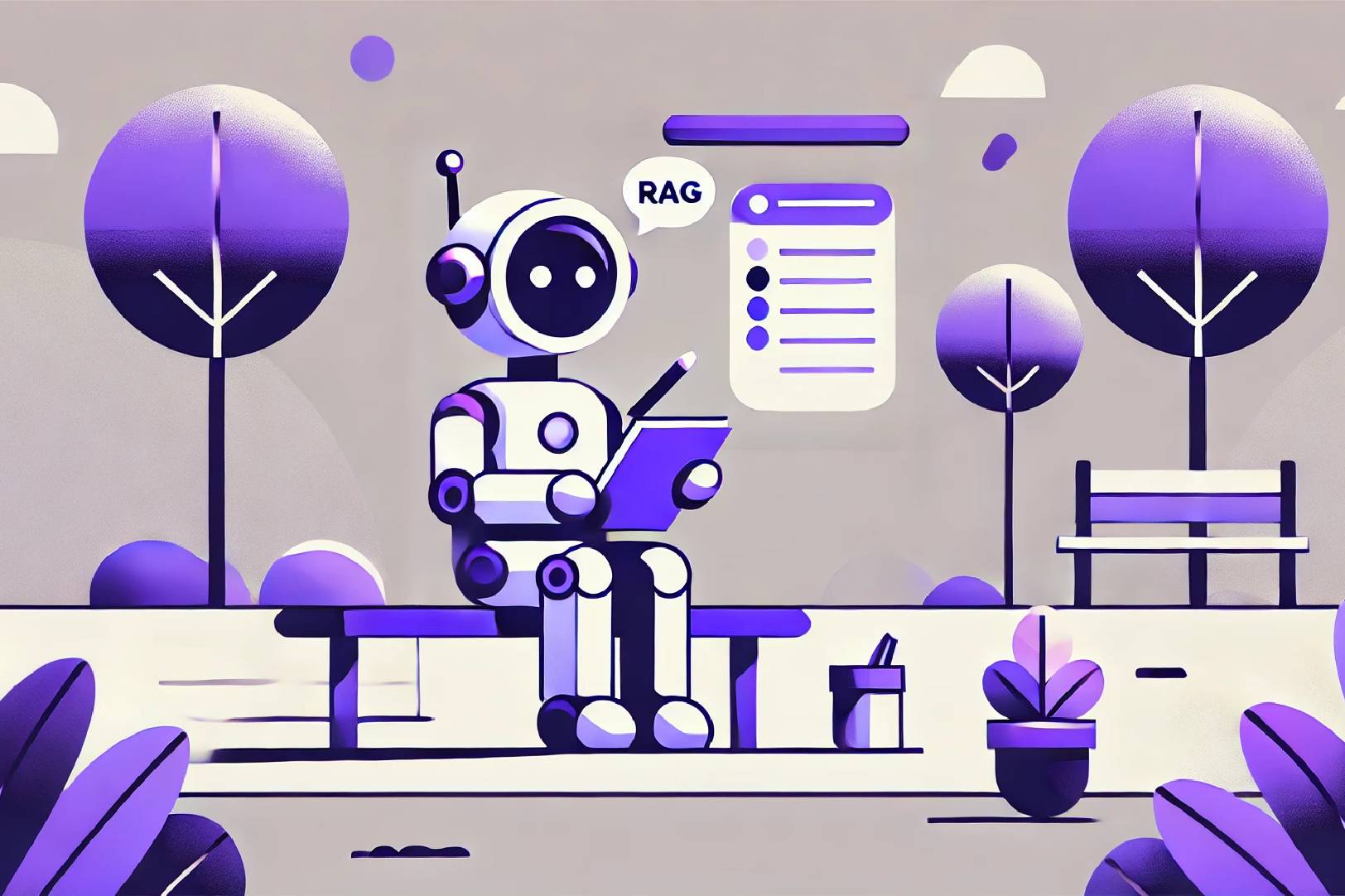
A Comparative Study: Agentic RAG vs. Traditional RAG
When it comes to AI-driven data retrieval and generation, understanding the differences between Agentic RAG and traditional RAG is crucial.
Both systems aim to provide relevant information, but they operate in fundamentally different ways.
Fundamental Differences
|
Traditional RAG |
Agentic RAG |
|
|
Flexibility |
|
|
|
Adaptability |
|
|
|
Accuracy |
|
|
|
Scalability |
|
|
|
Multimodality |
|
|
Ideal Scenarios for Implementation
When to Use Traditional RAG?
If you have straightforward, well-defined queries—especially in environments where data is highly structured—traditional RAG could still serve well.
It may be cost-effective for basic tasks where precision isn’t as critical.
When to Embrace Agentic RAG?
For scenarios demanding complex problem-solving, adaptability, or real-time data integration, Agentic RAG shines.
Businesses that require deep insights, proactive responses, or multi-source information retrieval will find it invaluable.
While Agentic RAG introduces enhanced flexibility and adaptability through autonomous workflows, it’s essential to consider the context and demands of your specific use case.
Traditional RAG offers simplicity and cost benefits for straightforward tasks, while Agentic RAG serves as a smart, powerful counterpart for more ambitious data-driven projects.
As AI technology continues to evolve, embracing the right approach can set the stage for innovative solutions and unparalleled growth.

Integrating Agentic RAG: A Roadmap to Success
Ready to dive into the world of Agentic RAG?
Successfully adopting this innovative framework can elevate your business to new heights of efficiency and effectiveness.
Here’s a straightforward roadmap to guide you through the process.
Step 1: Initial Assessment and Strategic Planning
Before jumping into the integration, it’s important to outline your goals and needs.
Start by assessing:
- Current Infrastructure: Evaluate your existing systems and identify where Agentic RAG can add value.
- Goals: Define clear objectives for what you want to achieve with Agentic RAG. Are you looking to enhance customer interactions, streamline data retrieval, or automate complex workflows?
- Team Readiness: Ensure your team has the necessary skills or consider investing in training. Familiarity with AI concepts will help in smooth implementation.
Step 2: Necessary Tools and Technologies
Choosing the right tools is crucial for building an effective Agentic RAG system.
You have two main options for implementation:
1. Language Models with Function Calling
These models serve as the backbone of your Agentic RAG setup. They allow your AI to interact with pre-defined tools effectively.
For example, OpenAI’s gpt-4 can connect seamlessly with databases, calculators, and web resources.
Explore frameworks like Cohere’s Connectors API, Anthropic’s Claude, and Google’s Gemini—these platforms enhance your model’s capabilities to retrieve, analyze, and format data accurately.
2. Agent Frameworks
Consider using frameworks, which simplify building complex agentic systems. These frameworks offer:
- DSPy: For integrating ReAct agents and optimizing tool usage.
- OneSky: Designed for streamlining multi-agent systems with efficient resource-sharing capabilities among diverse agents.
- Swarm: An orchestration framework for coordinating multiple agents—ideal for tasks that require collaboration.
Step 3: Steps for Monitoring Outcomes and Refinement
Integration doesn’t end with deployment.
Continuous monitoring and refinement are essential for harnessing the full potential of your Agentic RAG system.
Here’s how:
- Performance Metrics: Establish KPIs to measure the effectiveness of your Agentic RAG implementation. Metrics could include response accuracy, retrieval speed, and user satisfaction.
- Feedback Loops: Incorporate mechanisms for gathering user feedback and iterating based on real-world usage. This allows the system to adjust and improve continuously.
- Regular Updates: As AI technologies evolve, ensure your tools and frameworks are up to date. Stay engaged with communities and industry trends to leverage new advancements.
Integrating Agentic RAG into your business can revolutionize your approach to data retrieval and task management.
By assessing your needs, selecting the right tools, and committing to ongoing improvement, you’ll pave the way for a successful implementation that not only meets today’s demands but adapts to tomorrow’s challenges.
Embrace this proactive shift in AI, and watch your organization thrive!
Read also: Best Agentic AI Tools: Real-Life Examples & Top Framework
Exploring Agent Frameworks
As we embrace the evolving landscape of Agentic RAG, it becomes clear that the right frameworks are key to leveraging its full potential.
These frameworks are designed to integrate intelligent agents seamlessly into existing systems, revolutionizing data retrieval and processing capabilities.
OneSky Localization Agent (OLA) is a standout example in this realm.
By simplifying the integration process, OLA empowers businesses to deploy AI-powered solutions that elevate localization efforts to new heights.
This allows organizations to achieve unprecedented efficiency in their workflows, delivering high-quality, contextually accurate results without the need for extensive manual oversight.
Read more: Unveiling the Best Agentic AI Framework: Transforming the Future of Intelligent Solutions
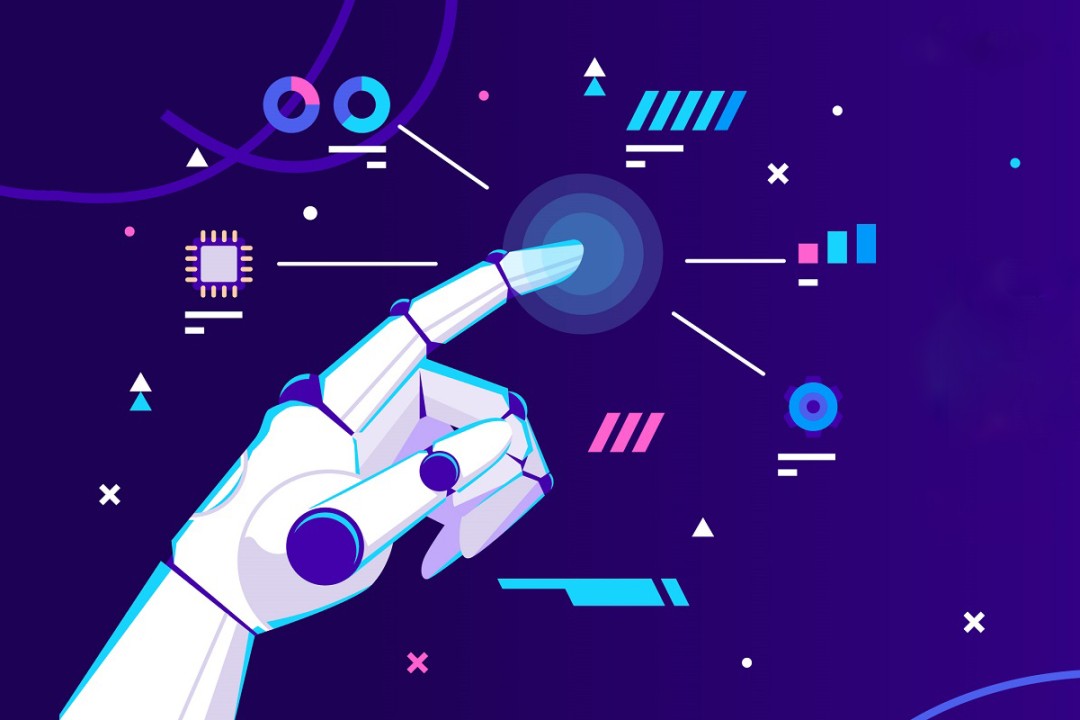
The Shift Toward Agentic RAG: Why Businesses Are Embracing Change
In the current competitive market, businesses are increasingly transitioning from traditional RAG systems to more advanced Agentic RAG applications.
The Driving Force Behind This Shift
1. Demand for Real-Time Data Access
The need for immediate access to updated information has never been more critical.
Agentic RAG excels in this aspect, enabling businesses to dynamically retrieve data from diverse sources.
This capability ensures they can respond quickly to customer inquiries and adapt to market fluctuations with agility.
2. Increased Efficiency and Automation
Automation is a game changer for organizations looking to streamline their operations.
Agentic RAG facilitates the automation of tasks that previously required human intervention, freeing up valuable resources and allowing teams to focus on strategic initiatives, problem-solving, and innovation.
Real-world Implementations
- Customer Support Transformation
Companies are starting to harness intelligent chatbots powered by Agentic RAG, which not only automate responses to common inquiries but also triage more complex issues to human agents.
This synergistic approach enhances customer service delivery and drives higher satisfaction rates.
- Revolutionizing Healthcare
In healthcare environments, Agentic RAG can enhance clinical decision-making by providing practitioners with tailored, evidence-based recommendations drawn from the latest medical research.
This capability not only improves patient outcomes but also empowers clinicians with timely insights necessary for comprehensive care.
- Personalized Learning in Education
Intelligent tutoring systems powered by Agentic RAG adapt learning strategies to individual student needs, facilitating personalized educational experiences.
This tailored approach increases engagement and improves learning outcomes, fostering a more effective educational ecosystem.
Advantages of Adopting Agentic RAG
The advantages of integrating Agentic RAG into your business framework are substantial and far-reaching:
1. Enhanced Accuracy
By employing intelligent agents that can validate and evaluate information in real time, responses generated through Agentic RAG systems tend to be far more precise and contextually relevant.
This elevated accuracy minimizes the risks of misinformation and enhances decision-making processes.
2. Improved Collaboration Between Humans and AI
Agentic RAG represents a leap forward in collaboration.
By automating routine tasks and aggregating vast datasets, intelligent agents empower employees to focus on higher-order thinking, strategic planning, and innovative problem-solving, ultimately driving productivity and growth.
3. Scalability for Future Growth
One key benefit of Agentic RAG is its inherent scalability.
As organizations grow, their data needs evolve. The architecture of Agentic RAG allows businesses to seamlessly add agents, tools, and data sources, ensuring that their systems can expand without requiring costly and time-consuming rewrites.
4. Versatile Application Across Industries
From customer support and healthcare to education and business intelligence, the versatility of Agentic RAG allows it to enhance workflows across a wide range of applications.
This adaptability opens the door to innovative solutions tailored to meet specific industry challenges.
The shift to Agentic RAG is not merely a trend but a profound transformation that is empowering businesses to operate with greater intelligence, efficiency, and responsiveness.
By harnessing the capabilities of Agentic RAG, organizations can position themselves strategically for success in the data-driven future, paving the way for enhanced performance and a competitive edge in their industries.
Embracing Agentic RAG is not just an investment in technology—it’s an investment in the future of your business.
Recognizing Limitations: Challenges Associated with Agentic RAG
While Agentic RAG offers transformative potential, it’s essential to acknowledge the challenges and limitations that can arise during implementation.
Understanding these hurdles not only prepares organizations for a smoother transition but also empowers them to make more informed decisions.
Potential Downsides of Agentic RAG
- Retrieval Accuracy: One of the most significant challenges is ensuring that the data fetched is relevant, accurate, and of high quality. Poor data retrieval can lead to incorrect conclusions and undermine trust in the system.
- Integration Complexity: Implementing Agentic RAG often involves orchestrating the interaction between agentic AI, retrieval systems, and generative models. This complexity can lead to challenges in ensuring seamless collaboration between all components.
- Bias and Fairness: Addressing biases in training data and retrieved content is critical. An agentic system’s output may inadvertently reflect existing biases, which could propagate misinformation or lead to unfair outcomes.
- Scalability: Managing real-time operations on a large scale can pose significant challenges. As the volume of data and user interactions grows, ensuring that the system maintains performance without sacrificing accuracy becomes increasingly complex.
Strategies for Mitigation
To successfully navigate these challenges, consider the following strategies:
- Prioritize Data Quality: Implement rigorous data validation processes to ensure that only high-quality information enters the system. Regularly audit and update data sources to keep them relevant and accurate.
- Streamlined Integration: Use flexible frameworks designed to facilitate the seamless interaction of AI components. By employing modular architectures, you can simplify integration and focus on optimizing individual components.
- Bias Testing and Corrections: Incorporate tools for ongoing bias detection and correction within your models. This ensures that any potential biases are identified early and mitigated effectively.
- Plan for Scalability: As you design your system, anticipate future growth. Build a scalable architecture that can adapt to increasing demands without compromising performance.
Final Thoughts
Agentic RAG is more than just a technological advancement; it’s a paradigm shift that has the potential to reshape the global business fundamentally.
By accelerating workflows, enhancing data retrieval accuracy, and enabling intelligent decision-making, Agentic RAG helps organizations meet the demands of today’s fast-paced, data-driven world.
As we look forward, the integration of Agentic RAG means moving toward systems that act, adapt, and deliver meaningful results with minimal human intervention.
Organizations that leverage innovative solutions like OneSky Localization Agent will gain a significant competitive edge, seamlessly integrating AI capabilities into their localization strategies.
In this age of transformation, embracing Agentic RAG isn’t just about keeping pace—it’s about positioning your organization at the forefront of the industry.
Let’s seize this opportunity together, paving the way for a more efficient, responsive, and intelligent future.
Explore OneSky’s AI-powered solutions now!

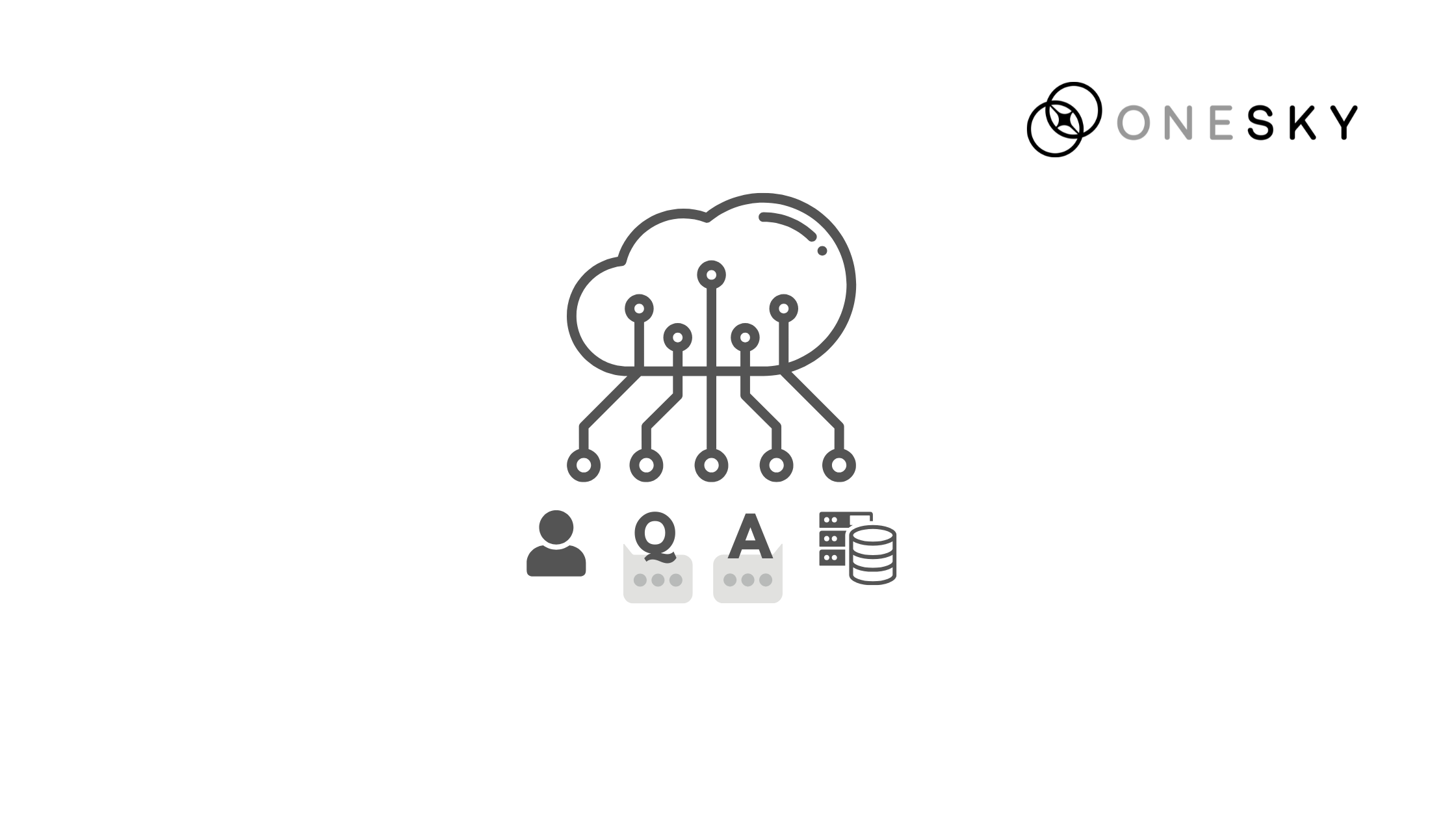
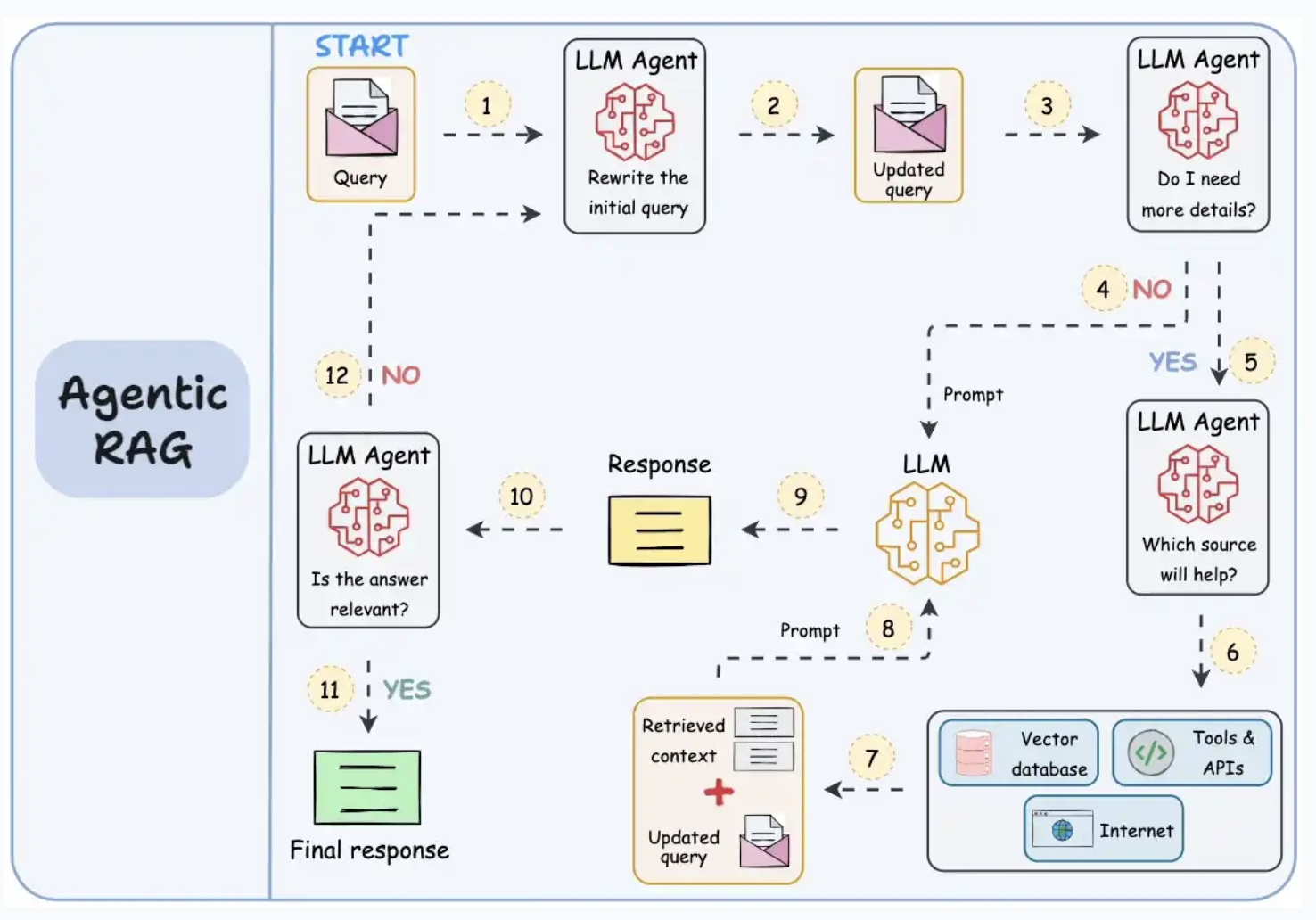
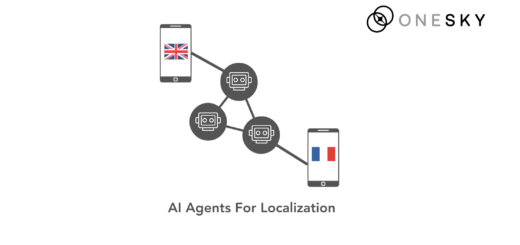
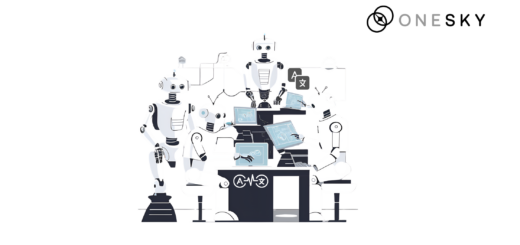
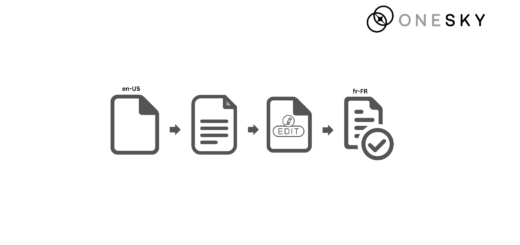
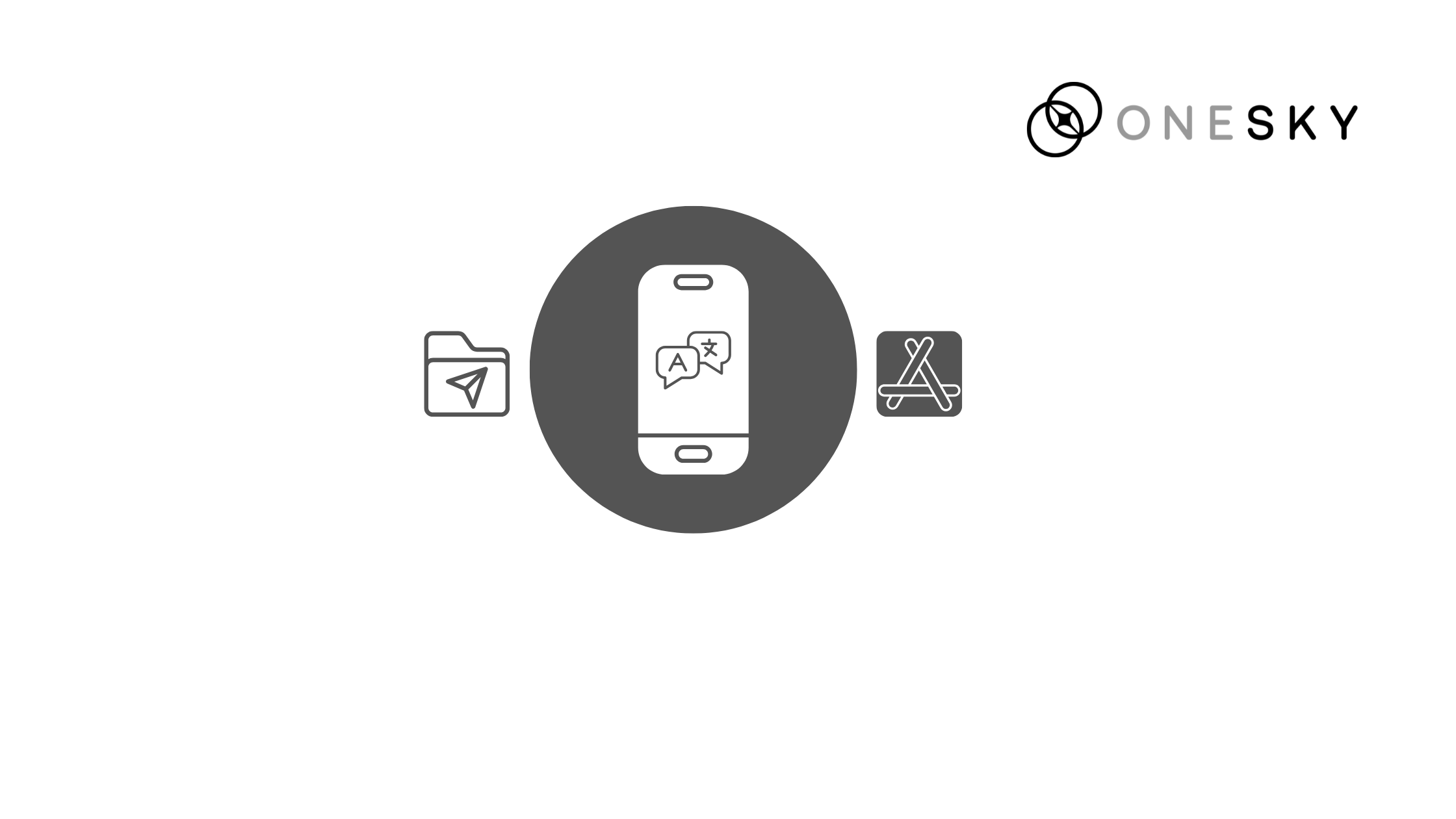

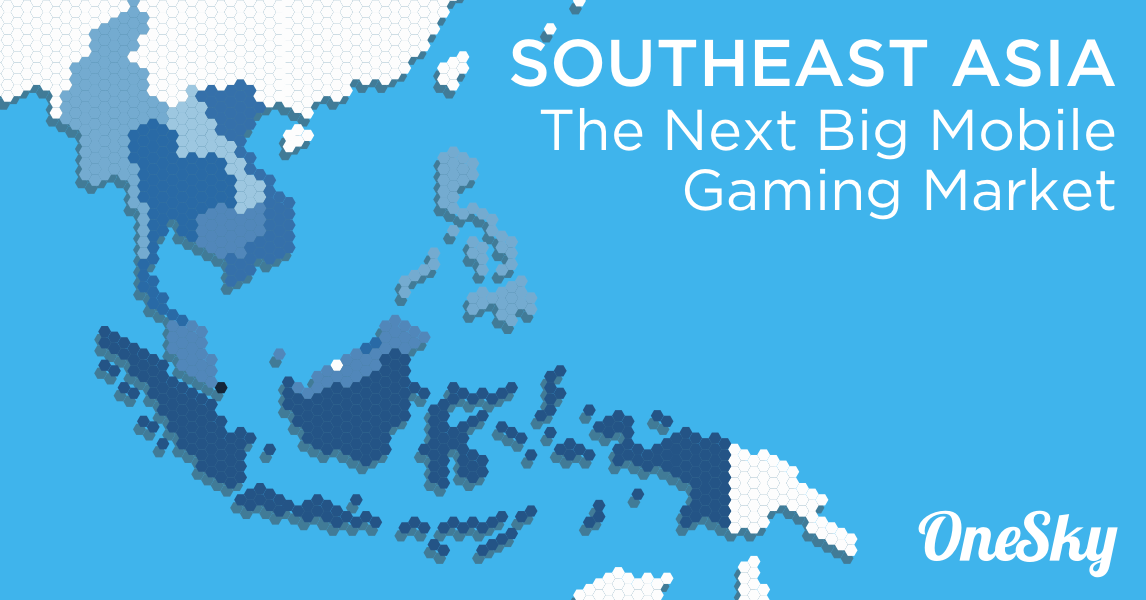
 Written by
Written by 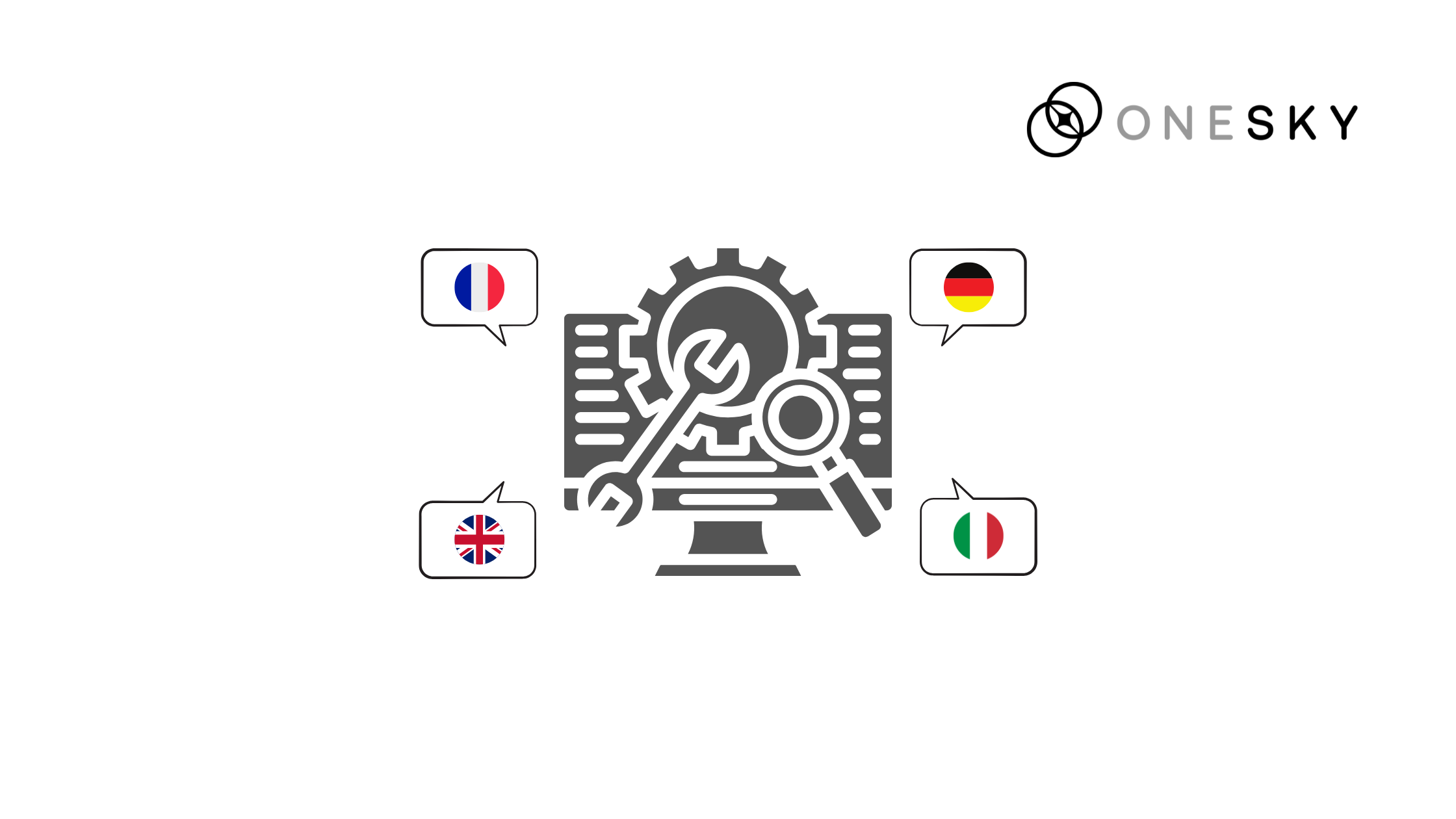
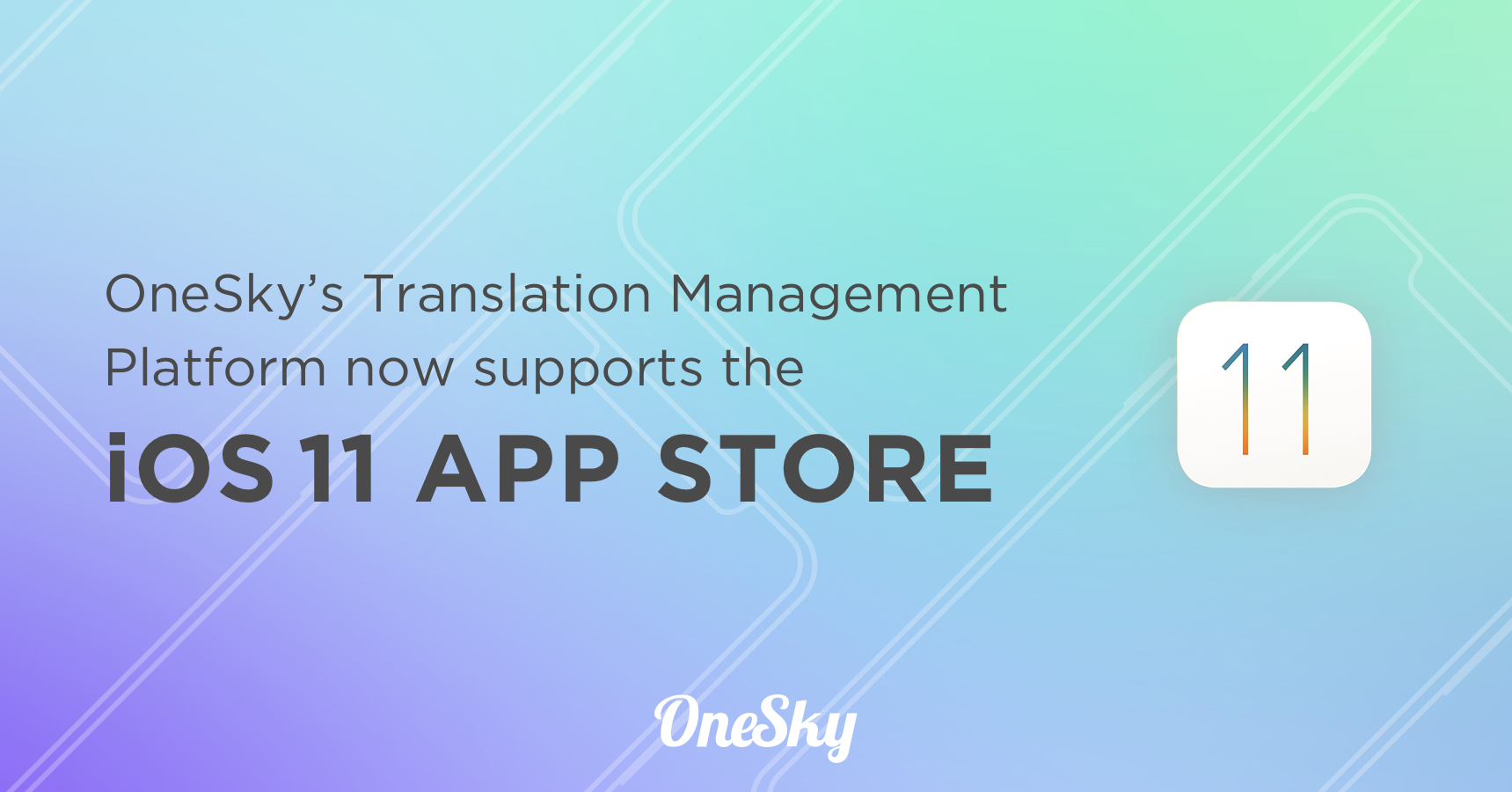
 Written by
Written by 
